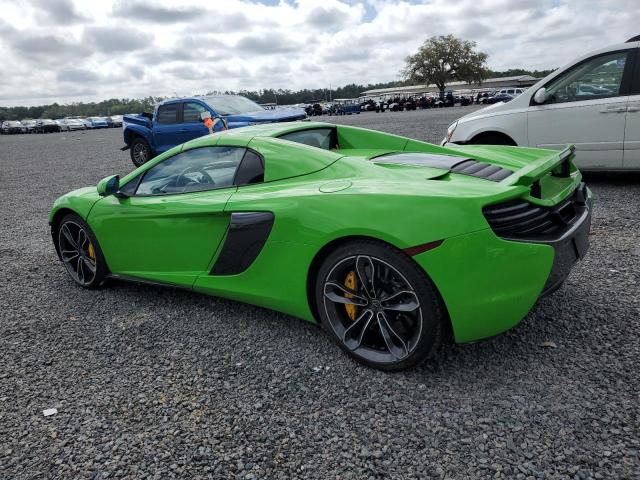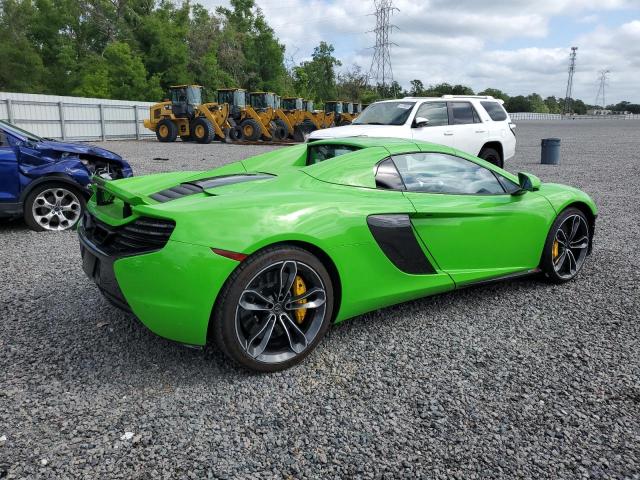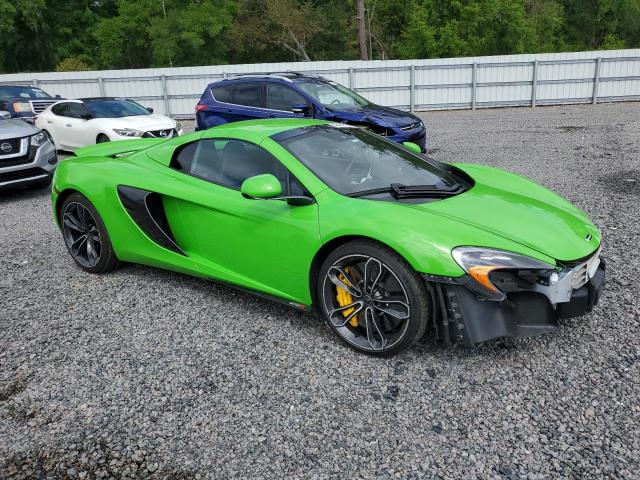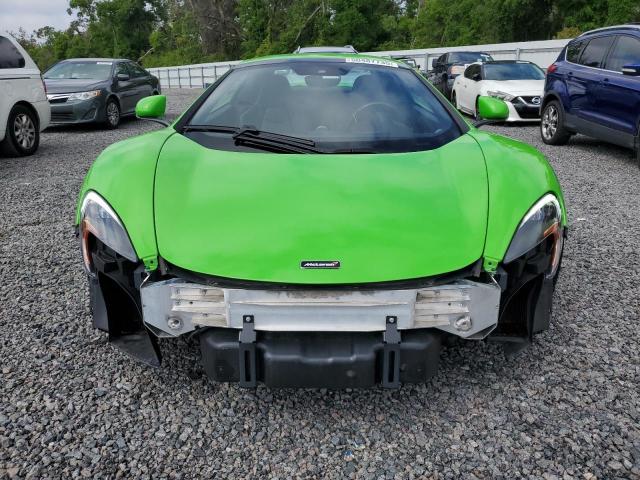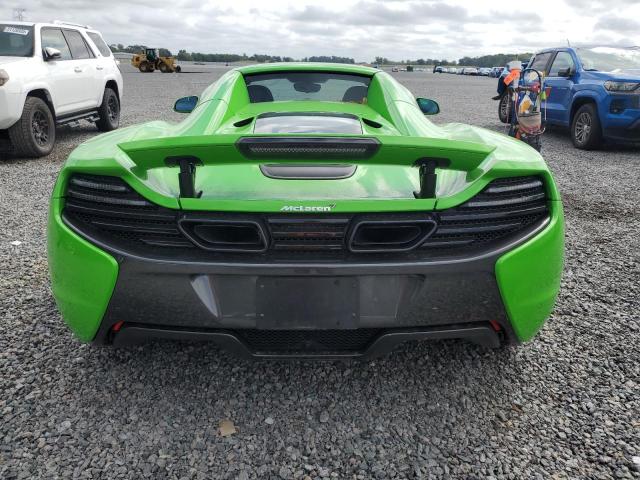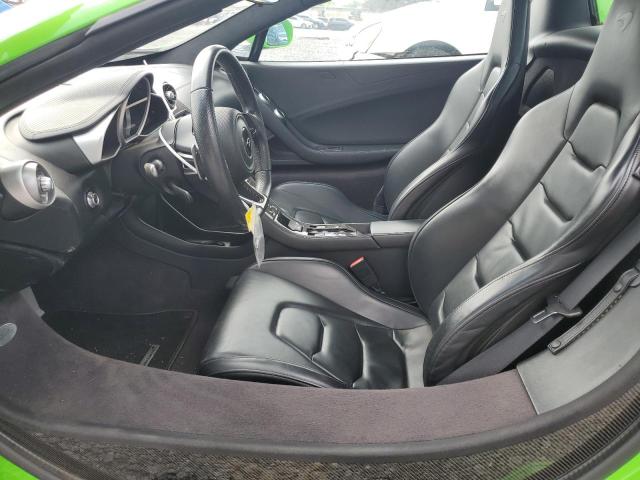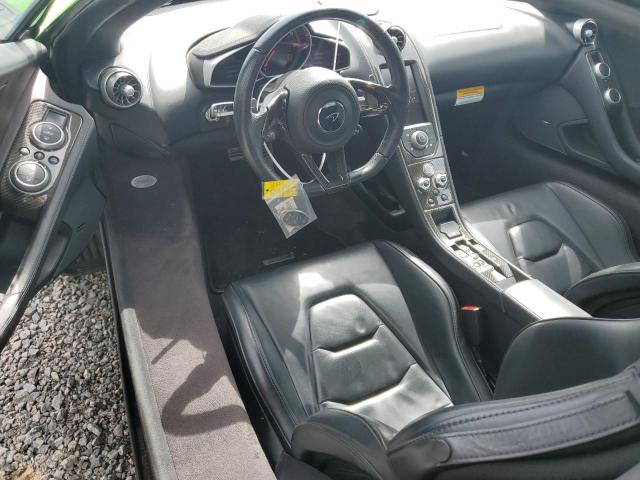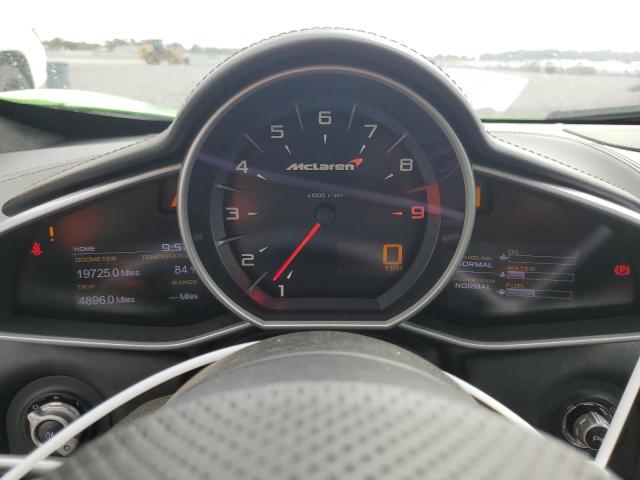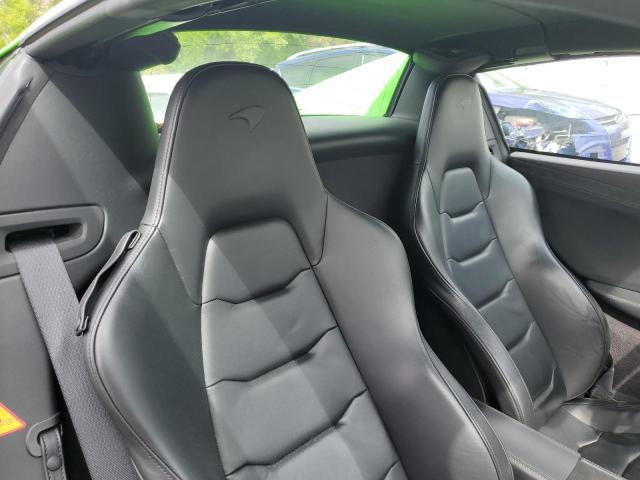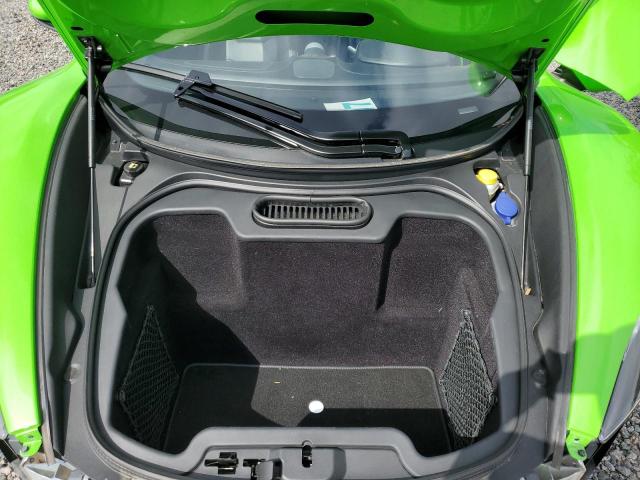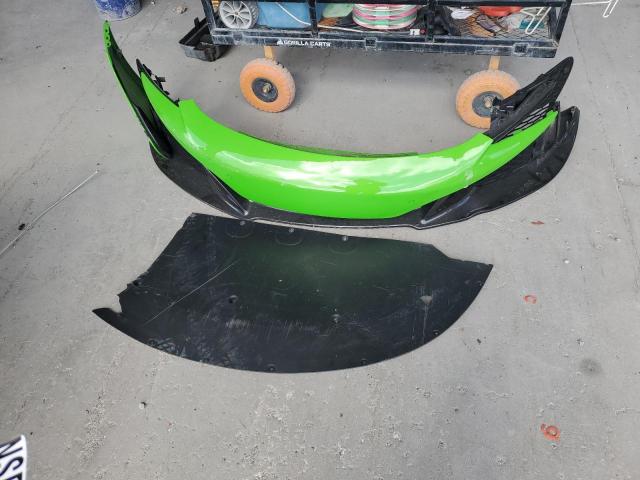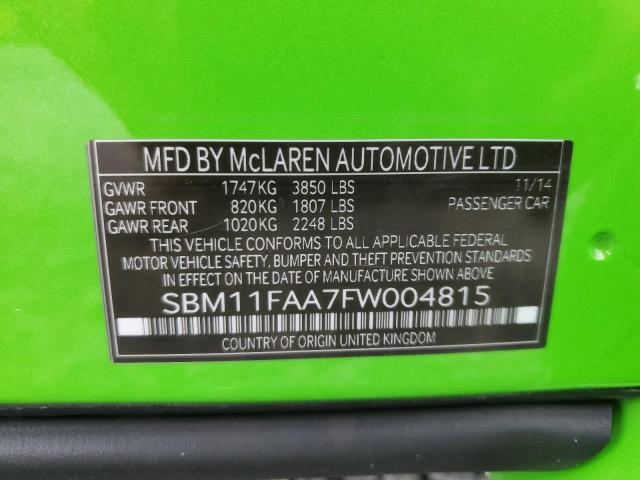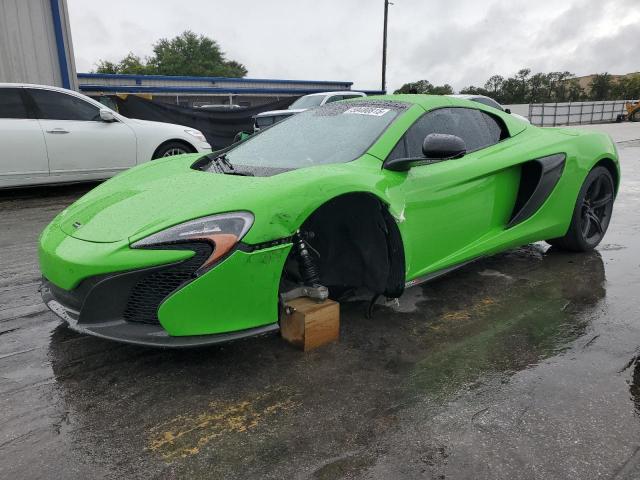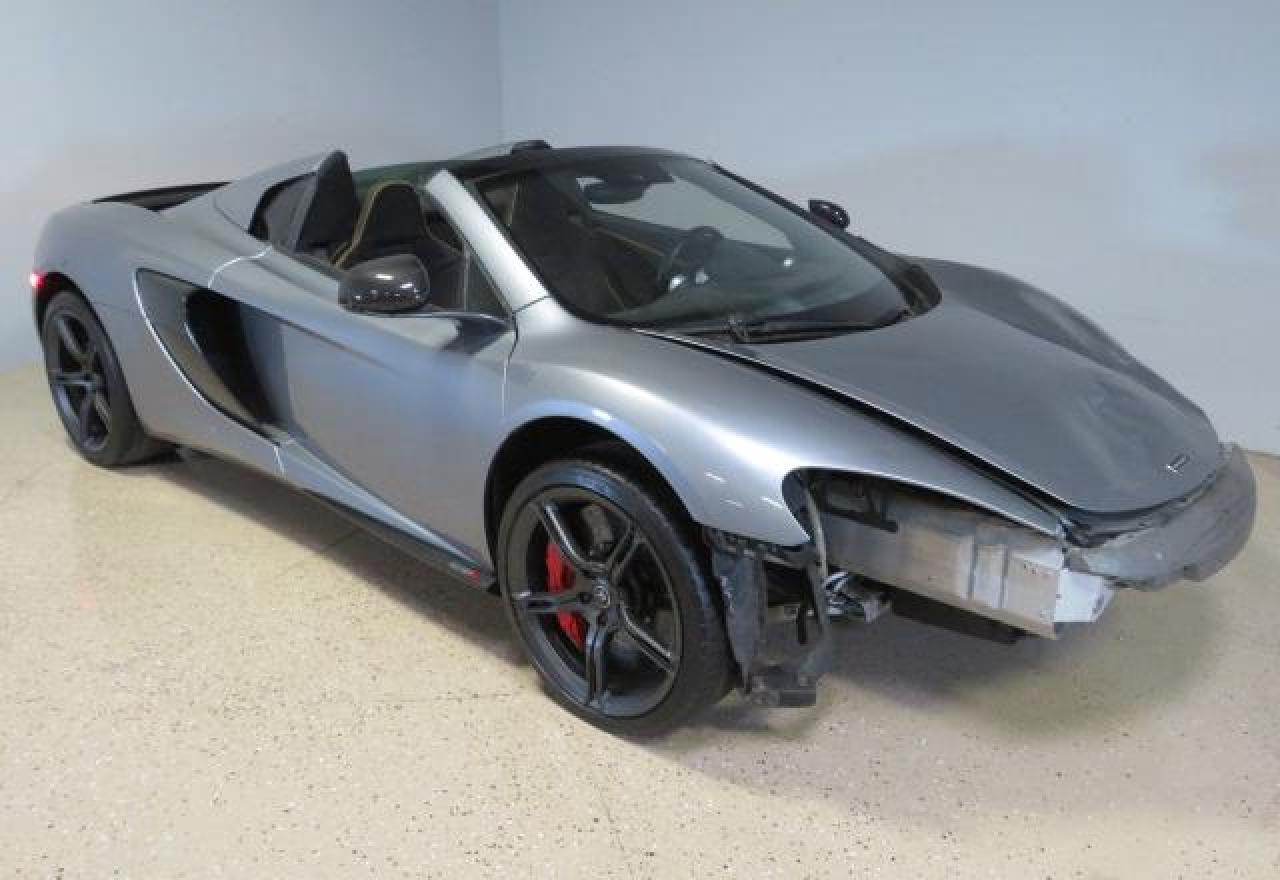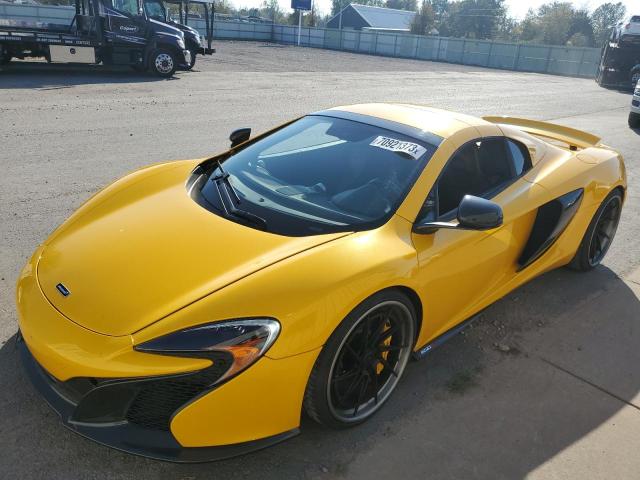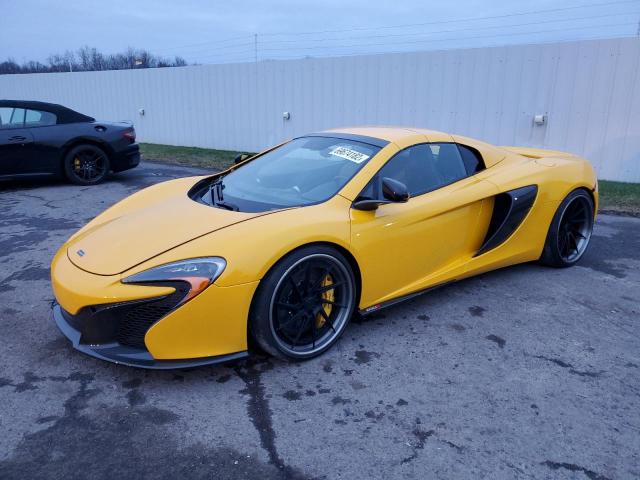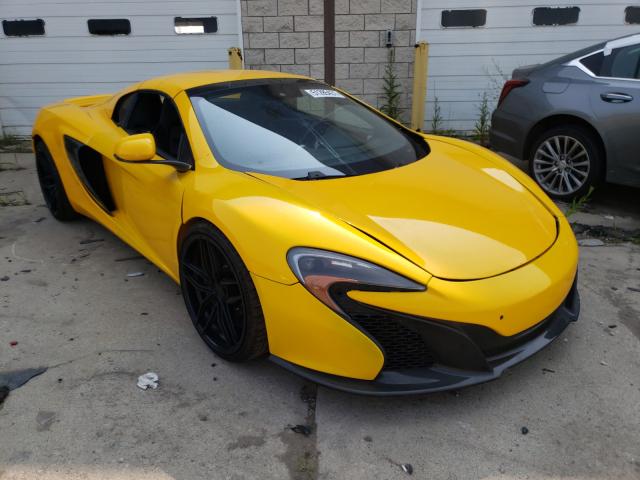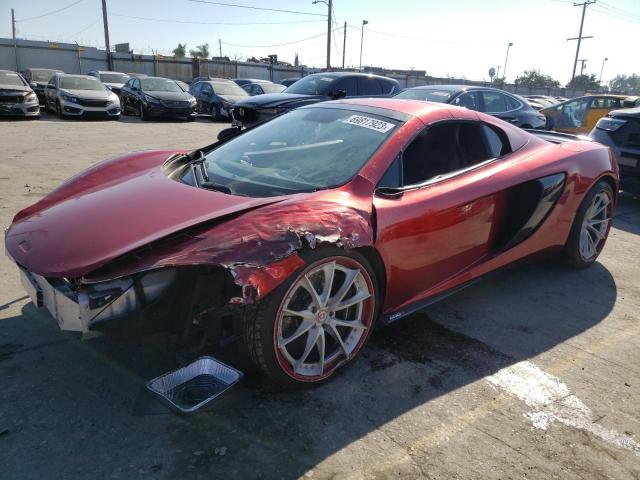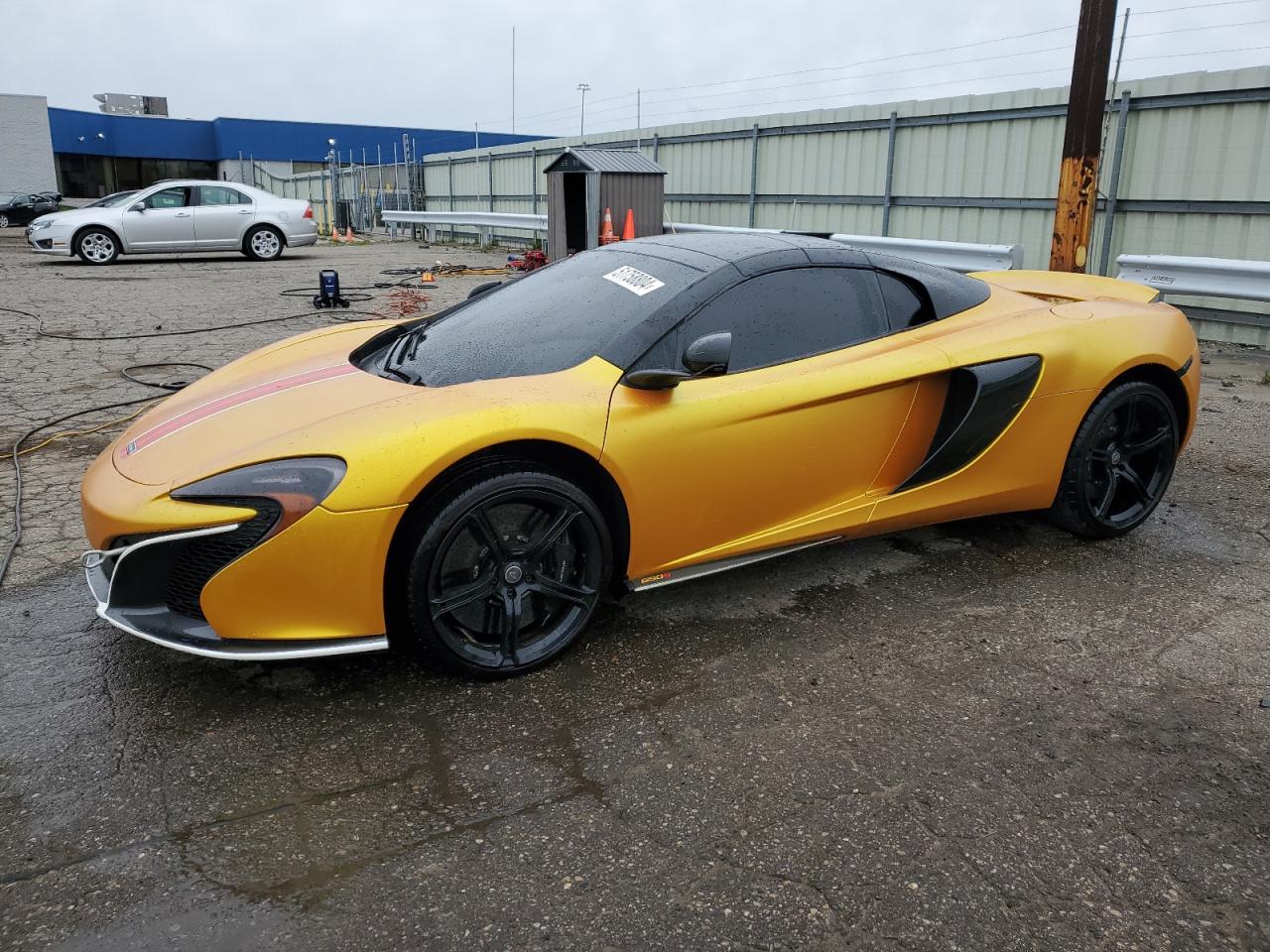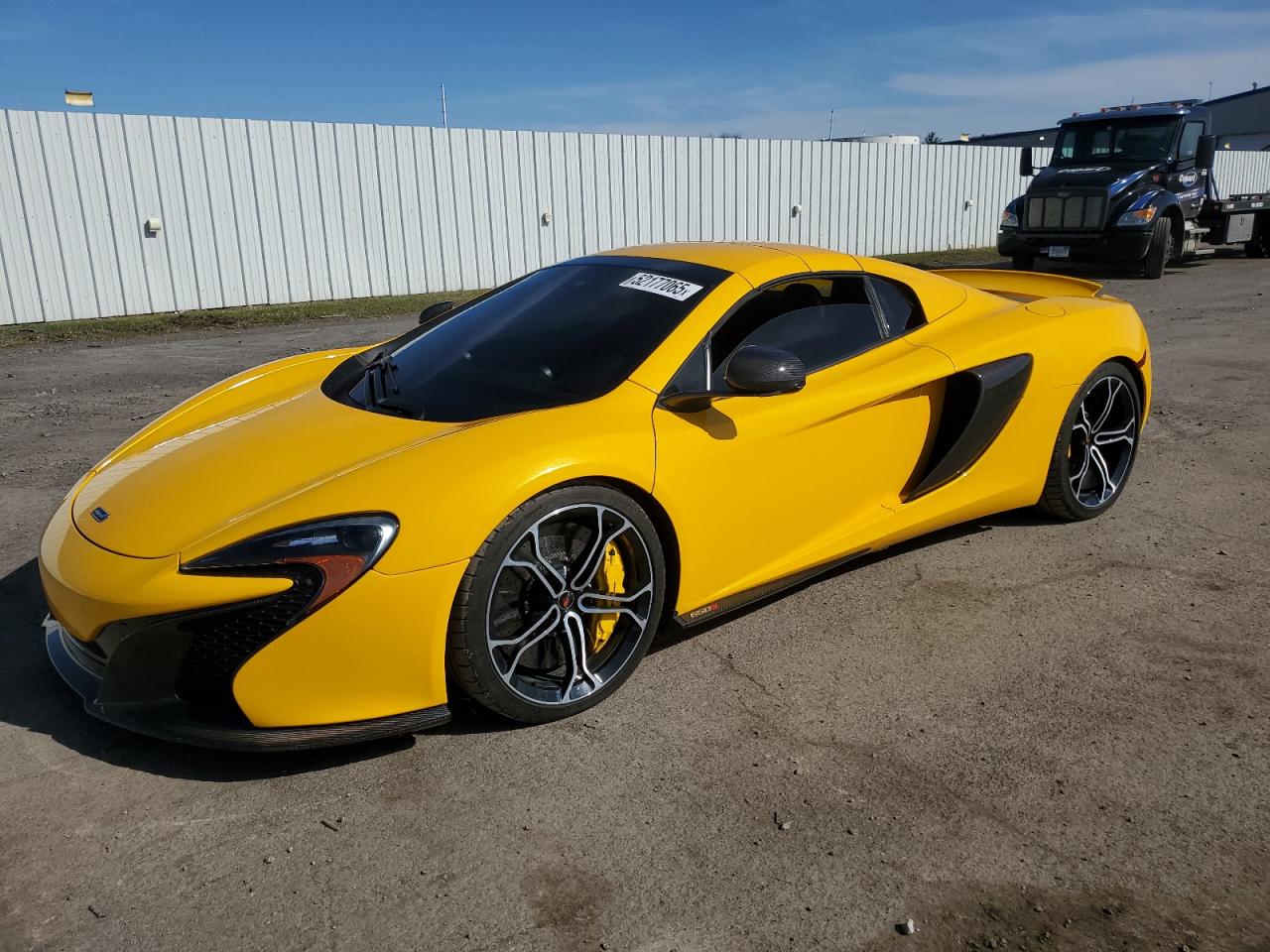2015 MCLAREN 650S | SBM11FAA7FW004815
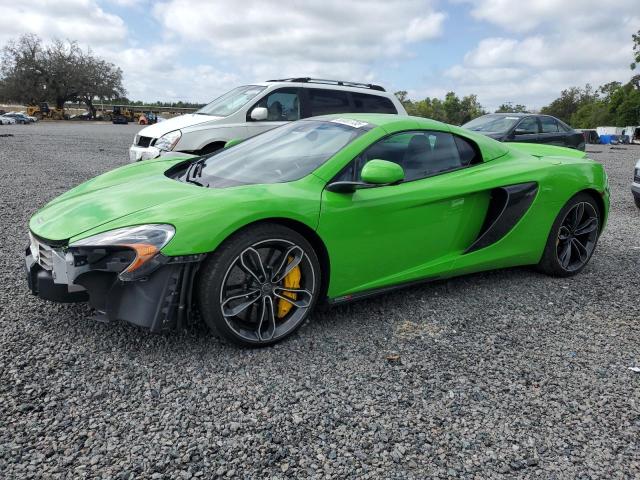 ❯
❯Lot details
- Sale Date2025-06-19
- Lot Number50487735
- ACV285000 $
- Sale documentFL - CERT OF TITLE SLVG REBUILDABLE
- LocationFL - TAMPA SOUTH
- Odometer19,725 miles (31,744 km)
- Primary DamageFRONT END
Vehicle specifications
1
~$280,000
Engine: 3.8L twin-turbocharged V8
Torque: 678 Nm
0–100 km/h: ~3.0 s
The McLaren 650S was a transformative moment for the brand — refining the 12C’s underpinnings with more power, active aerodynamics, sharper steering, and bolder styling derived from the P1 hypercar. With 650 hp and 678 Nm, the 650S rockets to 100 km/h in 3.0 seconds and hits 333 km/h, putting it on par with Ferrari 458 Speciale and Lamborghini Aventador of its era.
Its carbon fiber MonoCell chassis, weighing under 80 kg, provides immense stiffness, while the ProActive Chassis Control suspension (hydraulically interconnected dampers, no sway bars) gives it both plush comfort and track-grade body control — a system that was revolutionary at the time.
The aerodynamics were active: the rear wing acted as both an airbrake and adjustable spoiler, enhancing high-speed braking stability and downforce. Steering feel was hydraulic — communicative and pure — unlike modern EPAS systems.
Inside, the 650S balanced minimalism with functionality: Alcantara, carbon fiber trim, TFT displays, and track telemetry systems were standard. Though not a GT, it offered luggage space and ride comfort unmatched in the supercar class of its day.
The McLaren 650S earns its place in the performance registry as the car that matured McLaren’s road car program — blending F1 engineering with supercar usability and creating a legacy that would directly lead to the groundbreaking 720S.
Final Bid McLaren 650S (2015)
$38,750
$60,083
$78,500
Body Styles
Supercar Coupe (650S Coupe) – a mid-engine, two-door performance coupe with aerodynamic surfacing heavily influenced by the McLaren P1. The front end features integrated active aero, signature LED headlights shaped like the McLaren speedmark logo, and large side air intakes feeding the twin-turbo V8. The coupe body provides the ultimate stiffness and lowest weight for maximum track performance, paired with a lightweight carbon-fiber MonoCell chassis.
Supercar Convertible (650S Spider) – a retractable hardtop convertible offering identical performance to the coupe thanks to the MonoCell's inherent rigidity. The Spider features an electrically operated two-piece roof that folds away in just 17 seconds at speeds up to 30 km/h, preserving the coupe’s silhouette and aerodynamic efficiency while adding an open-air experience without compromise.
Model Name Meaning (Manufacturer)
The name "650S" references the car’s metric horsepower output (650 PS) and S for "Sport," emphasizing a sharpened driving experience compared to its predecessor, the MP4-12C. The 650S marked McLaren’s evolution into a design-led, performance-obsessed philosophy inspired by the hybrid hypercar P1.
Model Name Meaning (Languages)
"650S" follows McLaren's technical, universally understandable naming convention, transcending linguistic barriers. The numeric code immediately signals performance level, while "S" denotes a sporting focus, clearly communicating the car’s purpose to a global audience without needing translation.
Body & Interior Colors and Rims
The McLaren 650S was offered in a curated palette of both vivid and understated exterior paints. Popular choices included Volcano Orange, Storm Grey, Supernova Silver, and Aurora Blue. MSO (McLaren Special Operations) allowed deeper personalization with bespoke colors like Sarigan Quartz, Mauvine Blue, and Cerulean Blue. Satin and metallic finishes were also available, emphasizing the 650S’s flowing aerodynamic shapes and carbon detailing.
Inside, the cockpit prioritized lightweight minimalism without sacrificing luxury. The central theme was focused around the driver, with a portrait-style IRIS touchscreen for infotainment and slim floating HVAC controls. Standard trims included Alcantara sport interiors with contrast stitching in colors like McLaren Orange, Harissa Red, and Stone Grey. Optional full Nappa leather upgrades brought further luxury without significant weight penalty.
Seats ranged from lightweight carbon-fiber racing shells to electronically adjustable comfort seats. Visible carbon fiber trim adorned the center console, door cards, and instrument binnacle, depending on the trim level. Special MSO packages offered bespoke embroidery, Alcantara headliners, and unique plaque engraving for each customer.
Wheels were 19-inch front and 20-inch rear forged lightweight alloys as standard, available in silver, stealth, or diamond-cut finishes. Track-oriented owners could opt for ultra-lightweight wheels combined with Pirelli P-Zero Corsa tires, fine-tuned for road and occasional track usage. Ceramic brakes with contrasting color calipers (red, yellow, silver, or black) were standard, underpinning the 650S's extreme stopping power.
Top Expensive Options
- MSO Defined Carbon Fiber Exterior Upgrade Pack (Mirrors, Front Splitter, Rear Diffuser): ~$11,500
- Carbon Ceramic Brake System with Colored Calipers: ~$9,200
- Super-Lightweight Forged Wheels in Stealth Finish: ~$6,500
- Electric and Heated Memory Seats with Full Nappa Leather: ~$4,900
- Meridian Surround Sound System Upgrade: ~$4,000
- Sport Exhaust System (Enhanced Engine Note, Reduced Backpressure): ~$5,000
- Extended Carbon Fiber Interior Pack (Doors, Console, Dashboard Surrounds): ~$7,500
- MSO Custom Paint Color (Bespoke Metallic or Satin Finish): ~$8,500
- Vehicle Tracking System and Alarm Upgrade (Category 5): ~$2,300
- Parking Sensors with Rear Camera System: ~$2,200
vs Competitors
The McLaren 650S stood against the Ferrari 458 Italia, Lamborghini Huracán LP610-4, Porsche 911 Turbo S (991.1), and Audi R8 V10 Plus. Compared to the 458 Italia, the 650S offered sharper acceleration, more brutal turbocharged torque, and greater aerodynamic sophistication, though it sacrificed some of Ferrari’s naturally aspirated soul. Against the Huracán, it was lighter, more surgical in handling, and less flamboyant but no less effective. Against the Turbo S, the 650S felt more exotic and focused, though the Porsche was easier to live with daily. The Audi R8 was the most comfortable, but the McLaren was the most exhilarating, carving corners with telepathic feedback and ferocious pace. In its era, the 650S redefined expectations for supercar daily usability and put McLaren firmly into the elite performance pantheon.
Fun Fact
The McLaren 650S shared over 25% of its parts with the McLaren P1 hypercar, including technologies like the brake steer system originally developed for McLaren’s Formula 1 cars — allowing the 650S to rotate into corners with greater precision by lightly braking the inside rear wheel during hard cornering.



